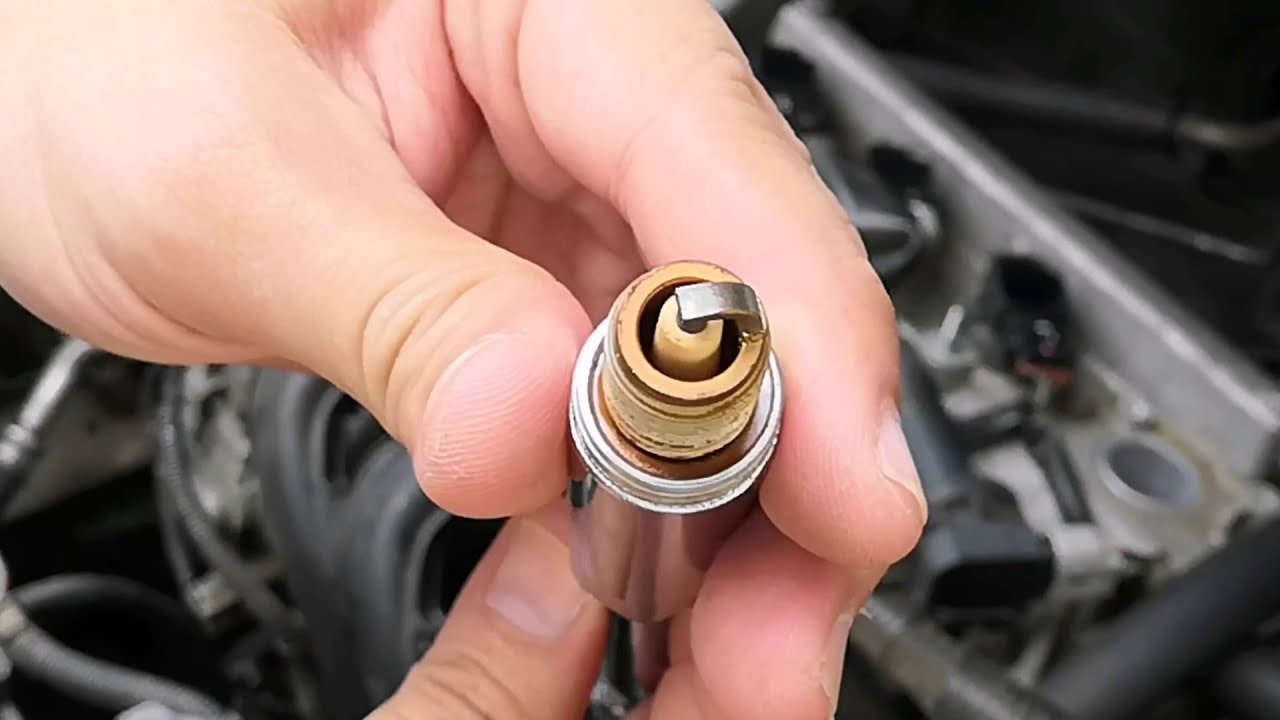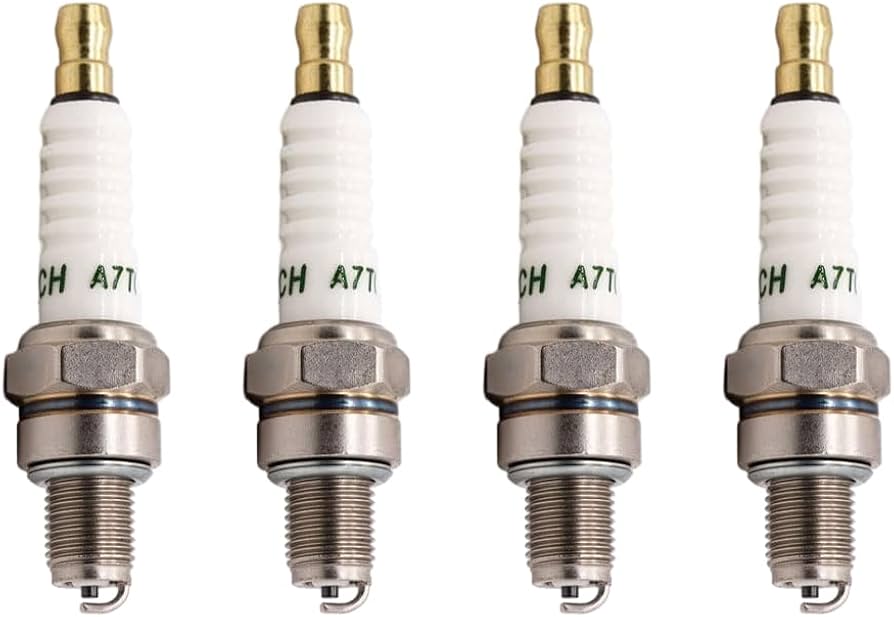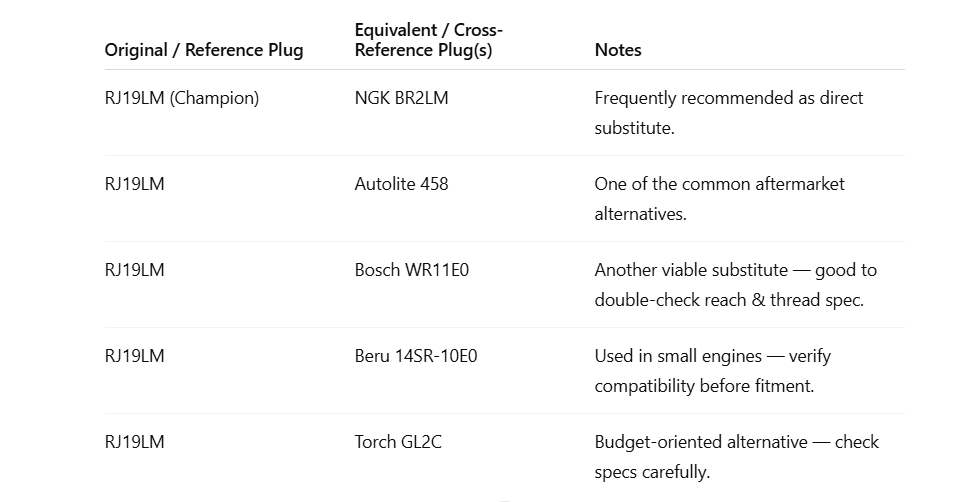How to check a spark plug coil: Inspect for visible damage, test resistance with a multimeter, and use a spark plug tester to check spark quality. A faulty coil can cause engine misfires or hard starting.
When your vehicle’s engine starts misfiring, stalling, or having difficulty starting, one of the possible culprits is a malfunctioning spark plug coil. Ignition coils are responsible for providing the necessary voltage to the spark plugs to ignite the air-fuel mixture in the engine. Understanding how to check your spark plug coil is an essential skill for any vehicle owner who wants to save money on repairs and prevent more serious engine problems.
This guide will take you through the process of testing a spark plug coil step-by-step, providing all the information you need to diagnose potential issues. Whether you’re a beginner or a seasoned DIY mechanic, these simple and effective techniques will help you get your car running smoothly again.
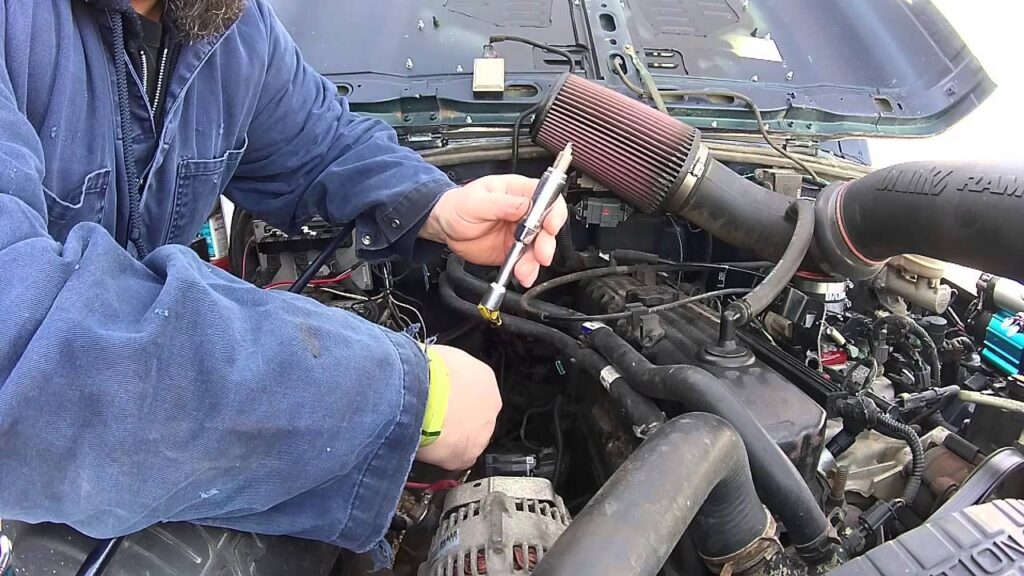
Contents
What Is a Spark Plug Coil?
A spark plug coil, commonly referred to as an ignition coil, is a vital component of the vehicle’s ignition system. Its primary function is to take the low voltage (12V) from your car’s battery and transform it into the high voltage (10,000 to 45,000 volts) required to create a spark at the spark plug. This spark ignites the air-fuel mixture inside the engine’s cylinders, allowing your vehicle’s engine to run.
Modern vehicles typically use a Coil-on-Plug (COP) system, where each cylinder has its own ignition coil, rather than a single coil for all the cylinders. This system is more efficient and reliable, as it ensures that the spark is delivered directly to each cylinder.
Why Checking the Spark Plug Coil Matters
A faulty spark plug coil can cause a number of issues in your vehicle, such as poor fuel efficiency, engine misfires, and even complete engine failure. Diagnosing and fixing a malfunctioning coil early can save you from more costly repairs and ensure the longevity of your engine.
In the following sections, we’ll walk you through the necessary steps for testing your spark plug coil, along with tips for identifying signs of damage and failure.
How to Check Spark Plug Coil
Before you start testing the spark plug coil, make sure you have the following tools at hand. Having the right tools makes the process quicker and safer:
- Digital Multimeter: Used for testing the resistance of the coil.
- Socket Set: Needed to remove the spark plug coil.
- Spark Plug Tester: Optional, but helpful for visually testing the spark.
- Safety Gloves and Glasses: To protect your hands and eyes while working under the hood.
- Flathead and Phillips Screwdrivers: To remove screws and components around the ignition coil.
- Vehicle Manual: To ensure that you are following the correct procedures for your specific car model.
Once you’ve gathered all the necessary tools, you’re ready to get started.
Step-by-Step Guide to Checking a Spark Plug Coil
Here’s a detailed, step-by-step guide on how to test the spark plug coil. Be sure to follow these steps carefully and take necessary precautions to stay safe.
1. Locate the Ignition Coil
The first step in checking your spark plug coil is to locate it in the engine bay. In most modern cars, the ignition coils are mounted directly on top of the spark plugs, a system known as Coil-On-Plug (COP). This means that each cylinder has its own individual coil. If you’re unsure about the location of the coils, consult your vehicle’s manual.
If your car uses a traditional ignition system, you will have to locate the single ignition coil, which is generally located near the center of the engine. In either case, the coil is usually secured by bolts or screws, so make sure you have your socket set ready.
2. Inspect the Coil for Visible Damage
Before you start any testing, inspect the ignition coil for any signs of visible damage. Look for things like cracks in the plastic housing, burn marks, or corrosion on the electrical contacts. Even if the coil is not visibly damaged, it could still be faulty, but this step is important as physical damage can sometimes indicate a more serious issue.
If the coil looks damaged or worn out, it’s best to replace it instead of attempting to test it further.
3. Check for Spark Using a Spark Plug Tester
A spark plug tester is an excellent tool to quickly check if the ignition coil is producing a spark. Start by removing the spark plug from the coil and attaching it to the tester. Then, reconnect the tester to the ignition coil.
Crank the engine and observe the spark plug tester. If you see a strong, blue spark, this indicates that the coil is working properly. If you see no spark or a weak orange spark, this is a clear sign that the coil is faulty and may need to be replaced.
4. Test the Primary Resistance Using a Multimeter
Next, use a digital multimeter to check the resistance of the ignition coil. Set your multimeter to measure ohms (resistance) and connect one probe to the positive terminal of the primary side of the ignition coil (the side connected to the car’s electrical system) and the other probe to the negative terminal.
Consult your vehicle’s manual to find the proper resistance range for the ignition coil. Typically, a good ignition coil will show resistance within a specified range. If the reading is outside the recommended range, the coil is likely faulty.
5. Test the Secondary Resistance
Now, it’s time to test the secondary resistance of the ignition coil. This involves measuring the resistance across the coil’s secondary terminals, which are connected to the spark plugs.
Set your multimeter to a higher resistance setting (usually in the kilo-ohm range) and place one probe on the secondary terminal of the coil and the other on the ground terminal. Compare the reading to the manufacturer’s recommended specifications.
An abnormally high or low reading indicates a faulty coil that may need replacing.
6. Perform a Power Balance Test
A power balance test involves disconnecting each ignition coil one by one while the engine is running. If the engine’s performance noticeably changes (e.g., RPM drops), it indicates that the coil is functioning properly. However, if disconnecting a coil does not change the engine’s performance, then that coil is likely faulty and may need replacement.
This test is a good way to isolate which coil is causing an issue.
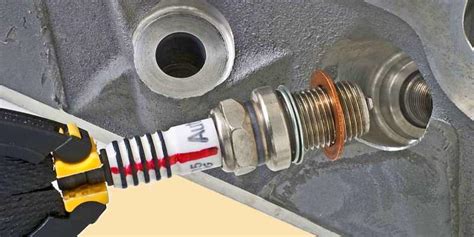
Common Symptoms of a Faulty Spark Plug Coil
If you notice any of the following signs in your car, it could be due to a malfunctioning ignition coil:
- Engine Misfires: A common symptom caused by a faulty ignition coil. The engine may run rough or shake.
- Hard Starting: Difficulty starting the engine, especially on cold mornings, could be a result of a bad coil.
- Check Engine Light: A warning light may appear if the coil is malfunctioning.
- Poor Fuel Economy: A misfiring coil leads to incomplete combustion, wasting fuel.
- Engine Stalling: The engine may stall or hesitate when accelerating.
When to Replace the Spark Plug Coil
If you’ve diagnosed a faulty ignition coil, it’s best to replace it as soon as possible. Driving with a malfunctioning coil can lead to engine damage and further performance issues. If your vehicle has more than one coil, consider replacing them all to maintain uniform performance.
Related Article
How Tight Should Spark Plugs Be?
NGK Spark Plug Heat Range Chart
Dielectric Grease on Spark Plugs
How to Read Spark Plugs
Frequently Asked Questions
Here are some FAQs about checking spark plug coil –
1. How often should ignition coils be replaced?
Ignition coils typically last between 60,000 and 100,000 miles, depending on driving conditions. If your car is experiencing any of the symptoms mentioned above, it might be time to replace them.
2. Can I test an ignition coil without removing it?
Yes, you can perform some basic tests, like the power balance test, without removing the coil. However, for a more thorough inspection, you may need to remove the coil.
3. What causes ignition coils to fail?
Common causes of ignition coil failure include overheating, electrical surges, oil contamination, and physical wear and tear.
4. Can I use a used ignition coil?
It’s not advisable to use a used coil due to the potential for premature failure. Always use a new, high-quality replacement coil.
5. Should I replace all ignition coils at once?
If one coil fails, it’s often recommended to replace all coils, especially in vehicles with high mileage. This ensures consistent performance across all cylinders.
Conclusion
Checking the spark plug coil is a crucial step in maintaining your vehicle’s engine health. By following the steps outlined in this guide, you can diagnose ignition coil issues with confidence, even as a beginner. Whether you’re dealing with misfires, poor acceleration, or a check engine light, understanding how to check a spark plug coil will help you make informed decisions about repairs and replacements.

